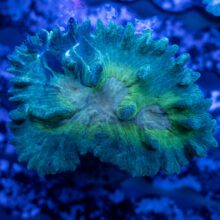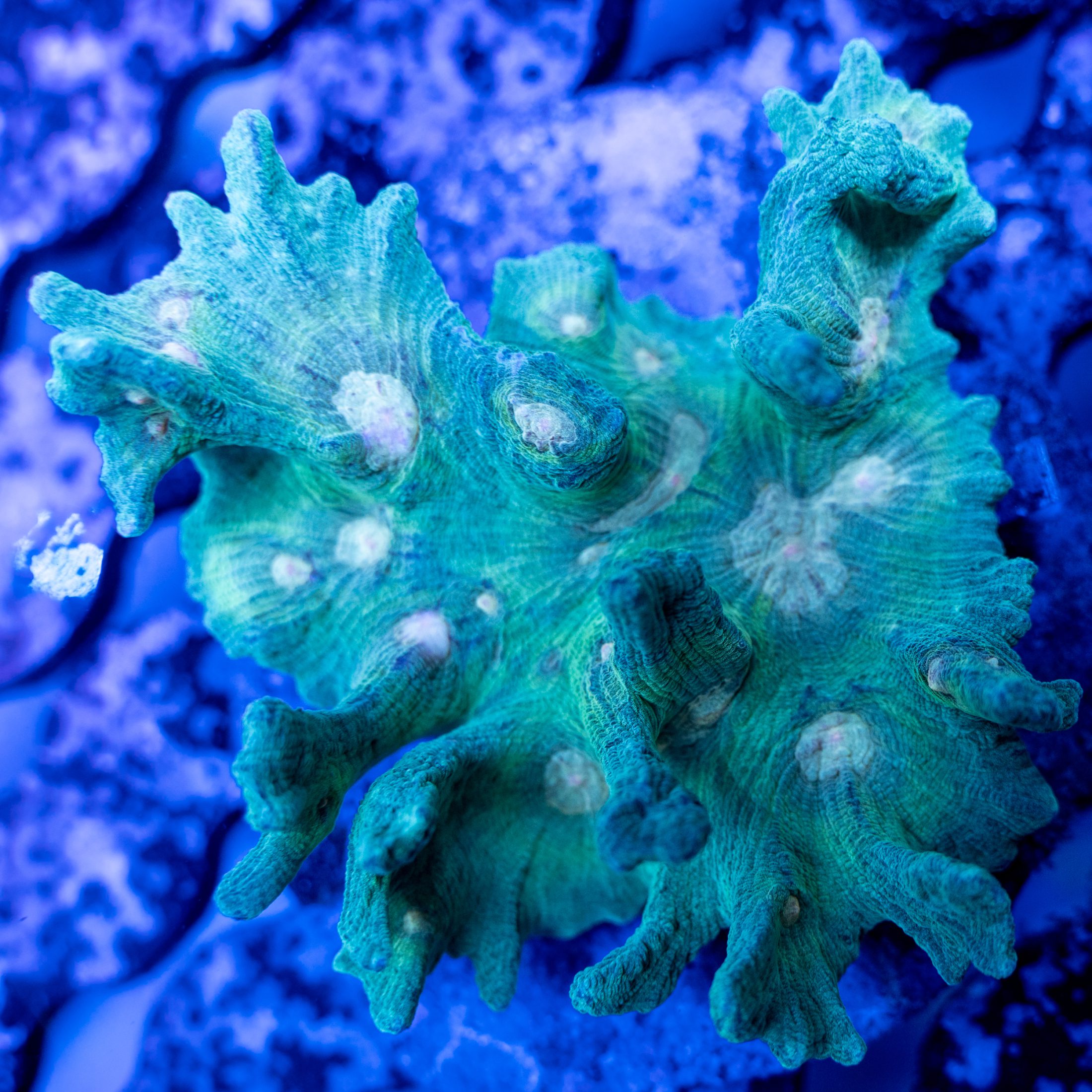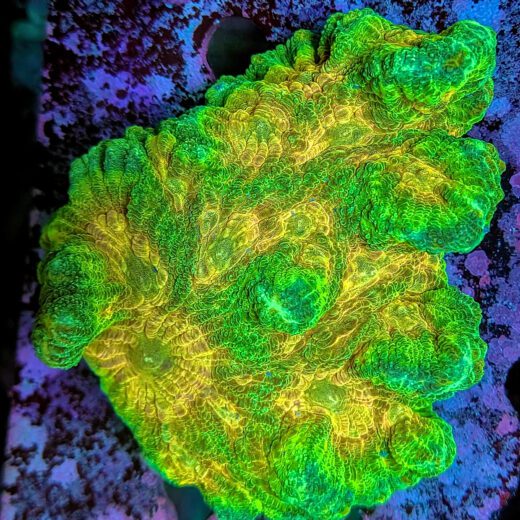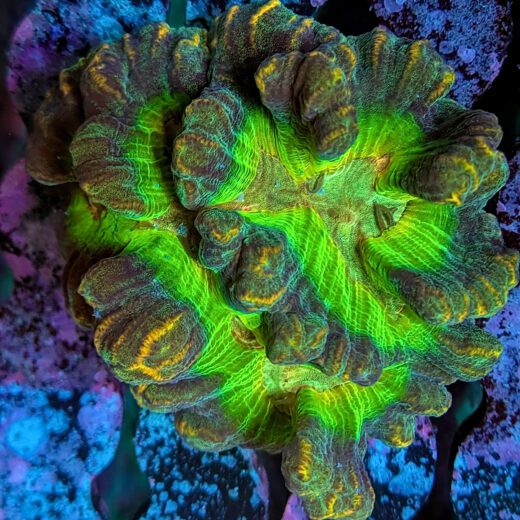Description
General information about Pectinia:
Pectinia offers a really cool growth pattern, with its unique skeletal structure, but should be placed carefully as their sweeper tentacles can be quite long and pack a real punch to nearby corals! They’re pretty adaptable from lower to higher flow environments, but we find the higher the flow, the longer those sweepers will get!






